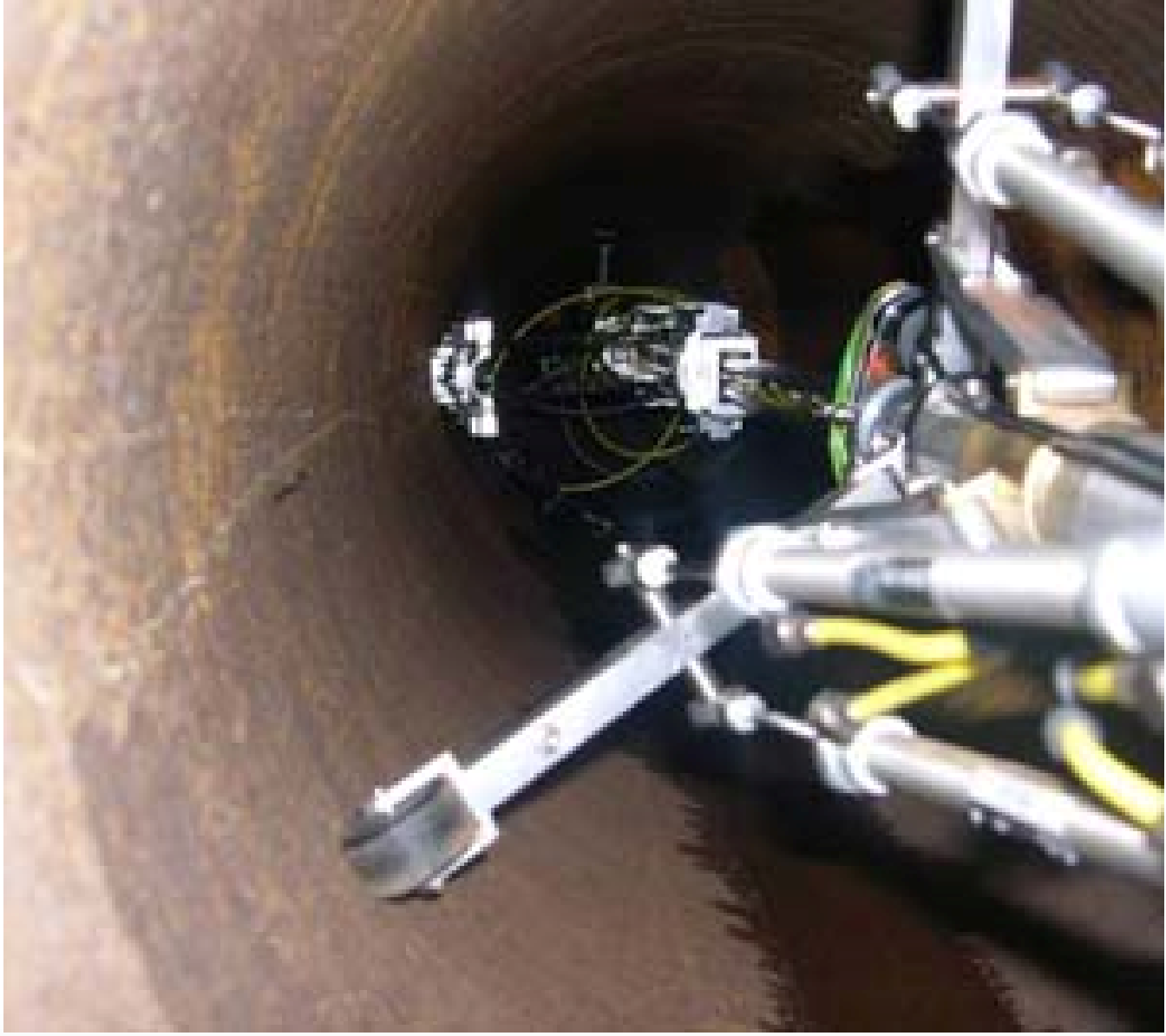-
Client
Undisclosed
-
Business need
Improved Asset Integrity Management of Safety Critical Components
-
Why Frazer-Nash?
Frazer-Nash has considerable knowledge of structural integrity and analysis and was able to apply this using a Systems Engineering approach to improve the through life management of these critical components.
The challenge
Assets that are vulnerable to degradation must be properly maintained to ensure they function safely and profitably throughout their lifecycle. Understanding the susceptibility of components to damage can significantly reduce through-life costs, and reduce the impact on planned maintenance activities.
With this in mind, our client required a bespoke asset management solution which considered the integrity of components continuously exposed to high cycle fatigue and a corrosive environment.
Our solution
We began by creating a cost effectiveness analysis with which to justify the investment, and identify the operational safety requirements of our client’s equipment, along with the relative ‘through life’ costs. We then examined the structural integrity of our client’s system, by modelling the component, and analysing the impact of various loads and cycles.


